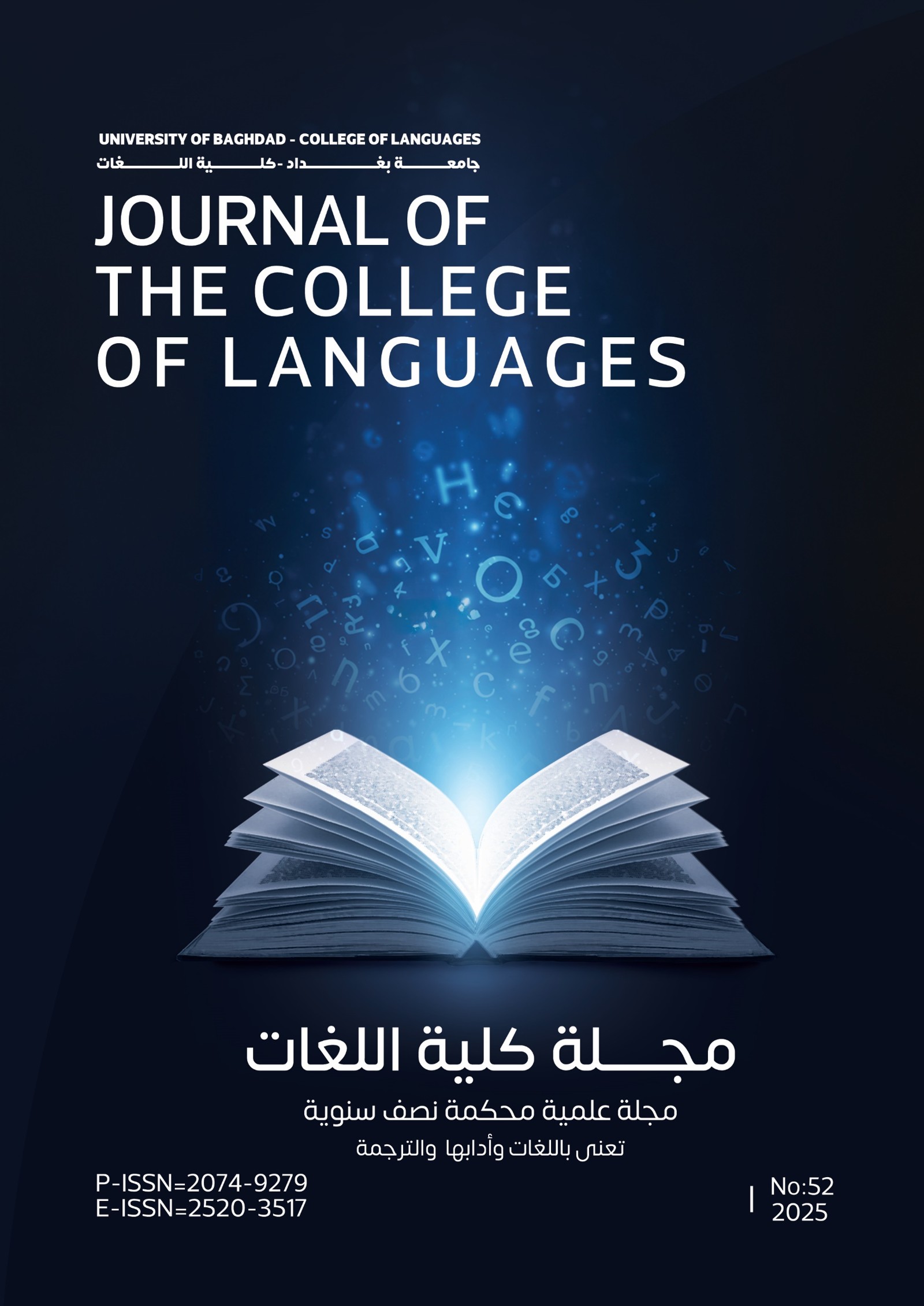Auxiliarité secondaire et verbes semi-auxiliaires
Keywords:
auxiliarité, verbes semi-auxiliaires, temps verbal, aspect, modalité., auxiliarity, semi-auxiliary verbs, tense, aspect, modalityAbstract
Dans la langue française, une forme d'auxiliarité, composée de deux éléments cohérents l'auxiliant et l'auxilié, fournit, en effet, à la phrase une diversité significative et structurale. L'auxiliarité, renvoie à l'unification de deux éléments grammaticaux afin de localiser l'énoncé sur l'axe du temps, d'aspect ou de mode. É. Benveniste définit l'auxiliarité en : « Il s'agit d'une forme linguistique unitaire qui se réalise, à travers des paradigmes entiers, en deux éléments, dont chacun assume une partie des fonctions grammaticales, et qui sont à la fois liés et autonomes, distincts et complémentaires »[1]. Ces deux éléments d'auxiliarité possèdent donc sa propre fonction, à condition que l'un accomplisse l'autre, ainsi la phrase produite réussit à atteindre son objectif.
[1] Emile Benveniste, Problèmes de linguistique générale, t. II, éd. Gallimard, Paris,1974, p.177.
Abstract
This research studies the secondary auxiliary verbs or semi-auxiliary verbs as they are termed in French, their composition and significance. The semi-auxiliary verbs are related to the infinitive (son auxilié). Some of these verbs have their own prepositions. Therefore these verbs comprise different forms to give different meanings, with differences of the main auxiliaries être et avoir which are associated with the past participle (participe passé) to express past times only.
The semi-auxiliary verbs are used in the sentence to express the near future or the recent past: aller and venir de + infintive. On the other hand, they express the aspect of the verb, we recourse to the verb commencer à designate the beginning of the act or être en train de of the saying that the act is not yet accomplished, or the act is completed with use of the verb finir de.
The last case of these semi-auxiliaries uses the modality of the verb to express either obligation or probability with verb devoir or the possibility with the verb pouvoir. Moreover, there are other verbs that can be used in this field like sembler, faire, vouloir, that add other important meanings. Consequently, the variety of semi-auxiliary verbs promotes diversity of structures and meanings that help to enrich the language and enhance the expression.







